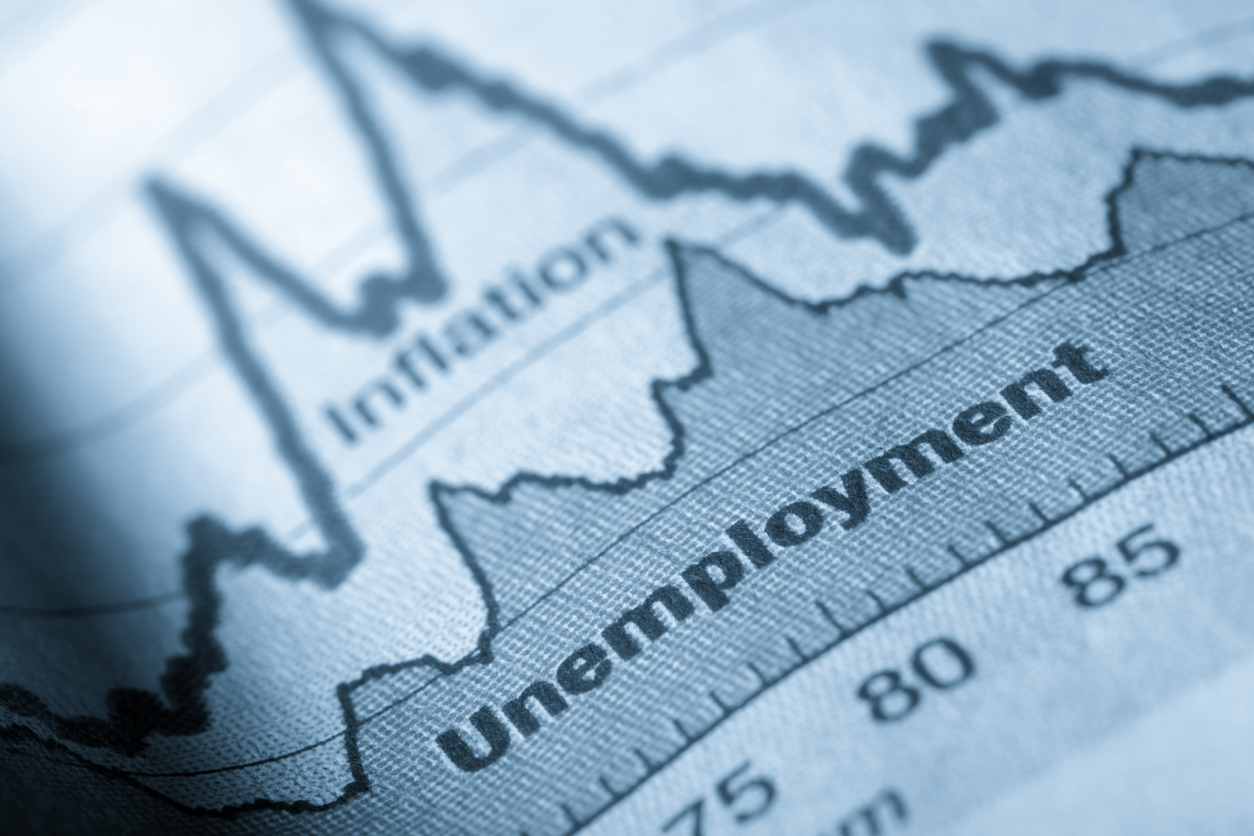This article is proudly sponsored by Lake Region State College!
Why Macro Investing Beats Fundamental Analysis Every Time (And How to Profit From It)
If you’re new, welcome to MacroHint, where we don’t just follow the markets–we zoom out, get the big picture, and ride the seismic waves of global shifts. While the fundamental crowd is busy squinting at spreadsheets and debating EBITDA margins, macro investors are scanning the horizon for interest rate pivots, geopolitical game-changers, and commodity supercycles.
All that cool stuff.
Here’s why macro (top-down) investing doesn’t just beat bottom-up fundamental investing–it leaves it in the dust.
1. Macro Investors Move First. Fundamental Investors React.
When the Federal Reserve changes course, the world shifts. Macro investors are often already positioned–whether in short-duration bonds, long emerging markets, or heavy on gold–based on forward-looking macro signals. That’s exactly what we’re seeing today, as macro investors try to stay one step ahead of policy pivots.
Meanwhile, fundamental analysts might find themselves still in denial, updating their DCF models to reflect a 50 bps hike, that is, after the fact.
Macro = anticipate
Fundamental = adjust
2. Macro Dictates Margins. Full Stop.
You could be analyzing the best-run company in the world.
Great leadership. Flawless execution. Top-tier products.
But none of that can unequivocally protect against:
- A rising Fed funds rate → which balloons interest expense
- Input cost spikes → from oil, wages, or tariffs
- A stronger dollar → which eats international sales
- Demand compression → when consumers tighten wallets
Macro is the invisible hand that either lifts or smashes margins–no matter how “good” the business is.
Fundamental investors often treat margin compression like it’s a company-specific issue, and while it might be in certain cases, margins across the board (far more often than not) compress due to tighter macroeconomic, central bank policy.
3. Macro Gives You Conviction Trades—Not Just Good Companies
A bottom-up investor might find a company growing earnings 12% a year. Cool. But what happens when the entire sector gets re-rated because of inflation, war, or regulatory shocks?
Macro traders don’t look for “good” companies–they look for:
- Explosive upside asymmetry
- Regime shifts
- Volatility compression + catalysts = boom
While fundamental investors nibble on P/E spreads, macro investors are playing for multi-asset fireworks.
4. It’s Not About the Trees—It’s About the Forest Fire
Bottom-up: “This stock is cheap at 8x EBITDA.”
Macro: “Global credit markets are freezing. Liquidity is evaporating. That cheap stock is about to get cheaper.”
Macro thinking isn’t just inherently more comprehensive and a better way of approaching an extraordinarily complex world–it’s safer. You’re not stuck in single-name stories when the macro tide turns.

5. Macro Investors Time the Cycle—Fundamentals Just (try to) Endure It
The best fundamental analysts still got crushed in 2008, 2020, and again in 2022.
Why?
Because their “strong balance sheets” didn’t matter when:
- The VIX spiked 80%
- The Fed yanked the punch bowl
- A pandemic shut the world down
Don’t get me wrong, I’m sure plenty of macro investors got crushed during these periods as well, but on the whole macro investors ride liquidity waves, pivot with policy, and profit from dislocations. They time the cycle and stay forward looking. They don’t get buried by any tides.Bonus: Macro Is Fun. Fundamental Is… Homework.
Let’s be honest:
Do you want to study depreciation schedules and goodwill impairment? Or do you want to track global power shifts, decode Powell’s body language, and bet big when oil, FX, and sovereign bonds all scream opportunity?
Macro is:
- Fast-paced
- Global
- Political
- Philosophical
- Wildly profitable when you’re right
And when you’re wrong? You pivot. Quick.
Final Thought: In a World of Uncertainty, Macro Is the Compass
The world is too complex, too fast-moving, and too interconnected for bottom-up alone.
Macro investors understand that top-down forces move the market first. Everything else is just noise.
So next time someone brags about their discounted cash flow model, maybe think twice–and try and go figure out what the world is actually more than likely to look like 6-12 months from now instead of trapping yourself by analyzing earnings that have already occurred and that, clearly, are largely dictated by the macro.
DISCLAIMER: This analysis of the aforementioned stock security is in no way to be construed, understood, or seen as formal, professional, or any other form of investment advice. We are simply expressing our opinions regarding a publicly traded entity.
© 2025 MacroHint.com. All rights reserved.